Have you ever wondered about the difference between men’s and women’s shoes? Here’s a quick tip: it’s not just about style or size — there’s a lot more to it. From the way our feet are shaped to how shoes are designed for comfort and function, men’s and women’s footwear are built differently for a reason. Men’s shoes typically focus on durability and practicality, while women’s shoes prioritize elegance, versatility, and a snug fit.
Even factors like arch support, width, and cushioning are tailored to meet the unique needs of each gender. Understanding these differences can make a big impact when choosing stylish and comfortable shoes. Whether you’re a casual sneaker lover or a formal footwear enthusiast, understanding the difference between men’s and women’s shoes is essential. This knowledge will help you step up your shoe game and make smarter choices. Let’s break it down and explore these differences in a simple, practical way.
The Roast
- The difference in shoe sizing is like a secret code—women’s 8 could be men’s 6. So, don’t get too excited when you see a “discount” on men’s shoes; that size 10 might be too big!
- Wearing men’s shoes as a woman is like finding the perfect pair of oversized clothes. Extra room and comfort, but not always the best fit for your feet
- When choosing a pair of shoes, always consider the needs of your foot. Remember that there’s no particular rule for anyone, and at the end of the day, your comfort matters most

What Is the Difference Between Men’s and Women’s Shoes?
At first glance, men’s and women’s shoes might seem similar, especially with unisex styles becoming more common. But when you look closer, you’ll see important differences that go beyond size and color. Here’s what sets them apart:
Fit and Comfort
Men’s Shoes: Made heavier and wider to fit broader feet and support more body weight.
Women’s Shoes: Designed narrower and lighter, with a snug fit around the arch and heel for smaller feet.
Arch Support
Women’s Shoes: Often include extra padding in the arch area since women typically have higher arches. This extra support adds comfort, especially for those who are on their feet a lot.
Men’s Shoes: Tend to have less arch-specific padding, focusing on even weight distribution instead.
Weight and Material
Men’s Shoes: Built with thicker, more durable materials to handle heavier body weight and tougher activities.
Women’s Shoes: Crafted with lighter, more flexible materials to ensure easy movement and comfort for everyday wear.
Style and Appearance
Women’s Shoes: Often prioritize trendy designs with features like pointy toes, high heels, and bold colors.
Men’s Shoes: Focus more on practicality with simpler, more durable designs for work, sports, or casual outings.
Shoes aren’t just about size—they are about fit, function, and how well they support your body. Men’s and women’s shoes are designed to match the unique needs of each group’s foot shape and lifestyle. Understanding these differences helps you find the right pair for your feet, whether you're after style, comfort, or performance.
Are the Shoe Sizes of Both Men and Women the Same?
The simple answer is no. Men’s and women’s shoe sizes are different and follow separate sizing charts. For instance, a woman’s size 8 is closer to a man’s size 6, not a man’s size 8. Why’s that? Because women’s shoe sizes are usually 1.5 to 2 sizes smaller than men’s sizes. This happens because men's and women’s feet are shaped differently.
A woman’s feet tend to be narrower, especially around the heel, so the sizing is adjusted to fit that shape. When shopping for unisex or men’s shoes, it’s important to check the size chart carefully to make sure the shoes won’t be too loose or too tight.
How Can I Tell If Shoes Are For Men or Women?
Trying to figure out whether a shoe is made for men or women can be tricky, especially when you're shopping online or looking at similar styles. Fortunately, there are a few signs you can use to tell them apart. Here are quick cheats to help you confidently spot the difference:
Shape
One of the easiest ways to distinguish men’s shoes from women’s is the shape. For instance, Women’s trainers are designed to be narrower, especially around the arch and heel. Men’s shoes, however, are generally wider across the whole foot, with a broader toe box to accommodate a larger foot structure. A shoe with a more slim, curved shape is probably made for women.
Weight
Men’s shoes are often heavier because they use thicker materials for more support and durability. Women’s shoes are usually lighter and more flexible, especially in athletic shoes. If the shoe feels heavy, it’s likely for men. If it feels light and easy to move in, it’s probably for women.
Size Label
Check the size label. Many brands put a “W” for women or an “M” for men next to the size. If the label doesn’t say “M” or “W,” you can look up a size chart for more help.
Design and Colors
Women’s shoes often have bright colors, fun patterns, and extra details like glitter or shiny finishes. Men’s shoes tend to be more neutral, with colors like black, gray, or navy. If the shoe has lots of bold colors or decorations, it’s probably for women. If it looks simple and basic, it’s likely for men.
Fit and Comfort
Women’s shoes are designed with higher arches and extra padding to match the shape of their feet. Men’s shoes, however, are made wider and provide stronger overall support. If a shoe feels snug around the arch or has softer cushioning, it’s likely for women. If it feels wider and more sturdy, it’s probably made for men.
Why Is It Important to Get the Right Pair of Shoes?
Wearing the wrong shoe is like putting on a sweater that doesn’t fit—it’s uncomfortable and can cause more harm than good. Shoes that are not designed for your foot type can cause blisters, discomfort, and even injuries such as plantar fasciitis.
The right shoe aids your body mechanics while also keeping you comfortable. A poorly fitted shoe might disrupt your alignment and cause back, knee, or hip pain. For runners or athletes, using gender-specific shoes can boost performance by offering the proper cushioning and support your feet need.
The bottom line is, do not make any compromises. Invest in shoes that are specifically designed for you and your needs.
Is It Okay for Women to Wear Men’s Trainers?
Absolutely, women can wear men’s trainers. But before you pick a pair, here are some important points to keep in mind:
- Men’s trainers are typically wider, with more room in the toe area. If you have wide feet, this can be a major plus.
- Women’s feet often have higher arches and slimmer heels. Men’s trainers might feel loose or lack proper support in these areas.
- Use insoles or inserts to add extra support if the trainers feel too roomy.
-
When buying, size down. For instance, if you wear a women’s ankle boot size 8, a men’s size 6.5 is usually a good fit.
- Men’s trainers tend to be heavier and bulkier. If you’re buying them for running or walking, try them on first to ensure they’re comfortable and not too clunky.
- Men’s trainers often come in simple designs and neutral colors that pair well with a variety of outfits. Whether you’re going for a sporty look or a casual vibe, they can add a fresh touch to your wardrobe.
So, can women wear men’s shoes? You have your answers now. Just make sure they fit well and feel comfortable. At the end of the day, the best shoe is the one that feels right for you.
Step Into Comfort

Choosing the right shoes isn’t just about looking good—it’s about feeling good too. The shoes you wear, whether sneakers, tennis trainers, or mules should keep you comfortable, support your body, and help you move without pain or trouble. Knowing the difference between men’s and women’s shoes can help you make smarter choices when shopping. It’s not just about size—it’s about finding a pair that fits your feet perfectly.
If you’ve ever wondered, “Can women wear men’s trainers?” or thought about trying unisex shoes, here’s the truth: wear whatever feels right for you. The best shoes are the ones that keep your feet happy.

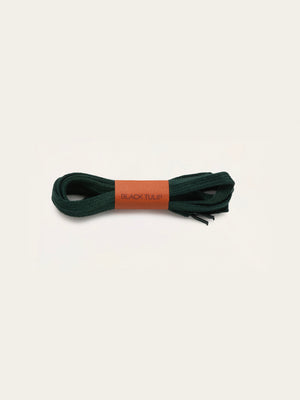



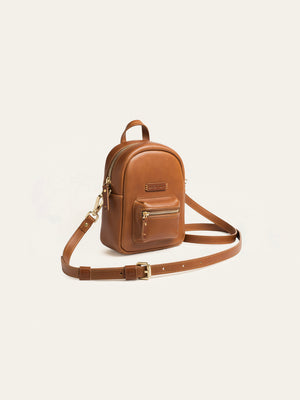

















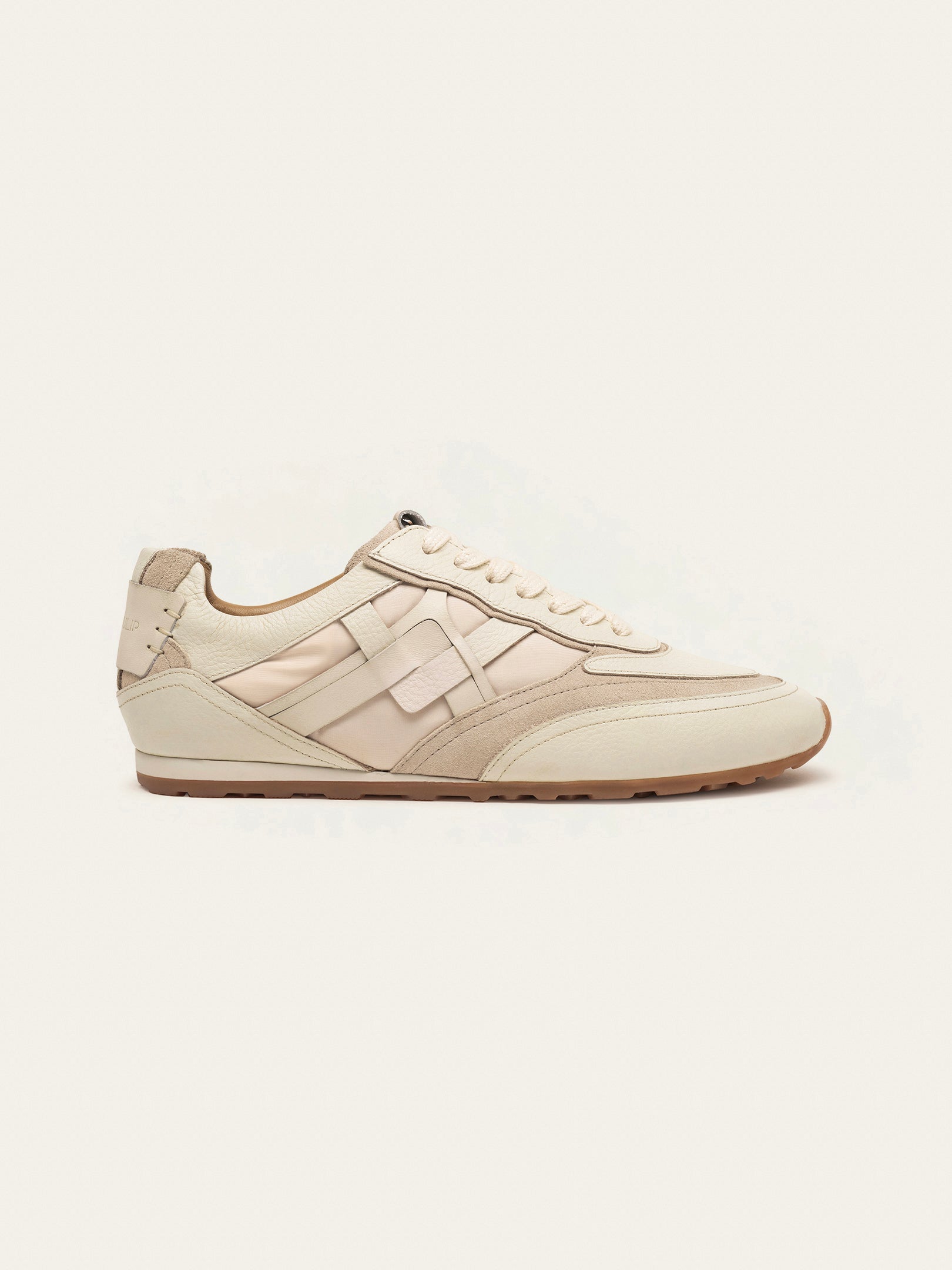



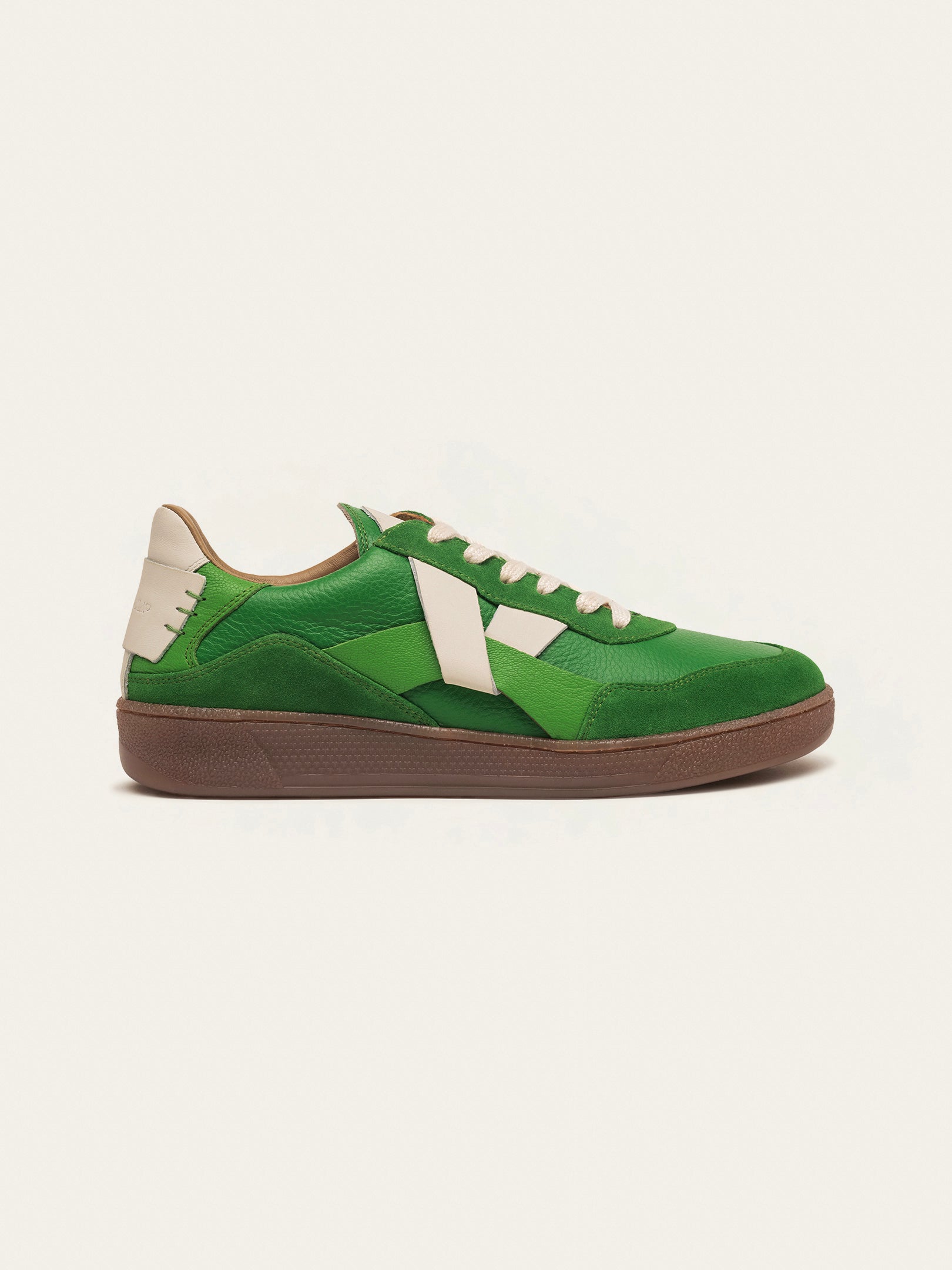
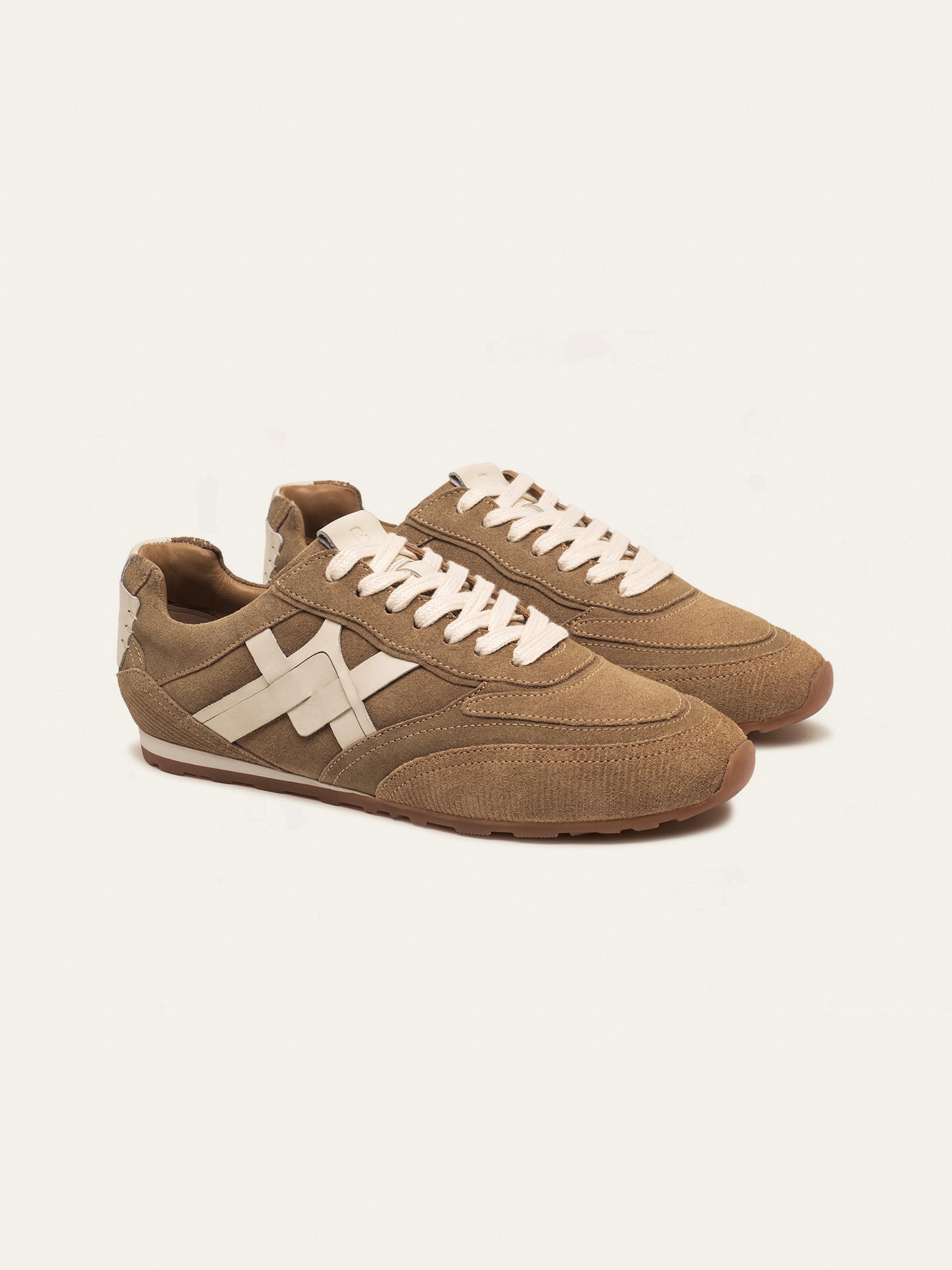




![Why Wide Fit Trainers Changed My Life: A Shoe Expert's Guide [2025]](http://blacktulipstudio.com/cdn/shop/articles/Blog_Img_3_8ce33137-6433-4543-8374-a7b009c05ff2.png?v=1763668125&width={width})

![Retro Runners vs Modern Trainers: A Real Runner's Guide [2025]](http://blacktulipstudio.com/cdn/shop/articles/blog-mobile_ec9ed0c4-2e29-4327-8733-eae234cb618c.png?v=1758780707&width={width})



